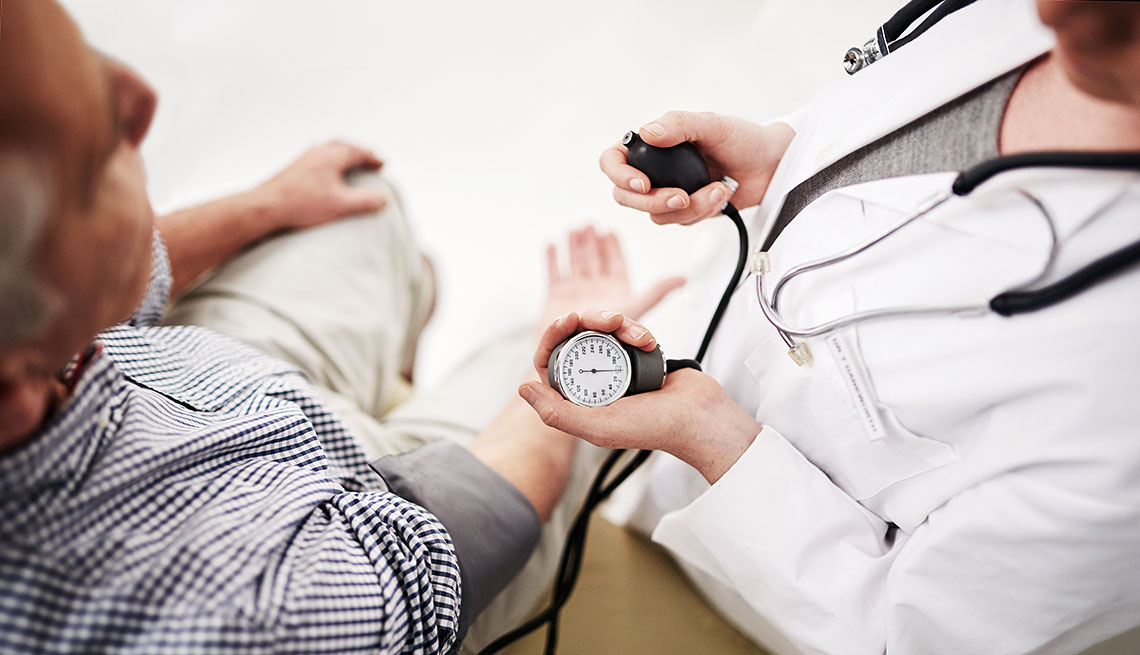Staying Fit
Fewer than half of adults with high blood pressure have it under control, and the prevalence of hypertension increases with age, according to a new report from the Centers for Disease Control and Prevention (CDC).
According to "Hypertension Prevalence and Control Among Adults: United States, 2015-2016," released by the CDC’s National Center for Health Statistics this week, among adults with hypertension, only 48.3 percent had it under control. Hypertension is defined in the report as a systolic blood pressure gauge reading greater than 140 or a diastolic blood pressure gauge reading greater than 90."


AARP Membership— $12 for your first year when you sign up for Automatic Renewal
Get instant access to members-only products and hundreds of discounts, a free second membership, and a subscription to AARP the Magazine.
Generally the cases of hypertension increased with age, the report found. Only 7.5 percent of adults ages 18 to 39 had hypertension, while the prevalence increased to 33.2 percent among people ages 40 to 59, and jumped again to 63.1 percent among those ages 60 and over. The findings held true for both men and women, although they varied among age groups. Men were more likely to have hypertension than women among adults ages 18 to 39 and 40 to 59, but they actually had a lower prevalence (58.5 percent) than women (66.8 percent) among adults 60 and over.
Blood pressure readings have an upper and lower number, such as 120/80. The top, systolic number measures artery pressure when the heart beats, pumping blood to the organs. The bottom, or diastolic, number measures the pressure of blood in the arteries between beats, when the heart relaxes.
Earlier this year a study found that higher blood pressure levels may cause cognitive decline in older people, particularly among African Americans.
































































